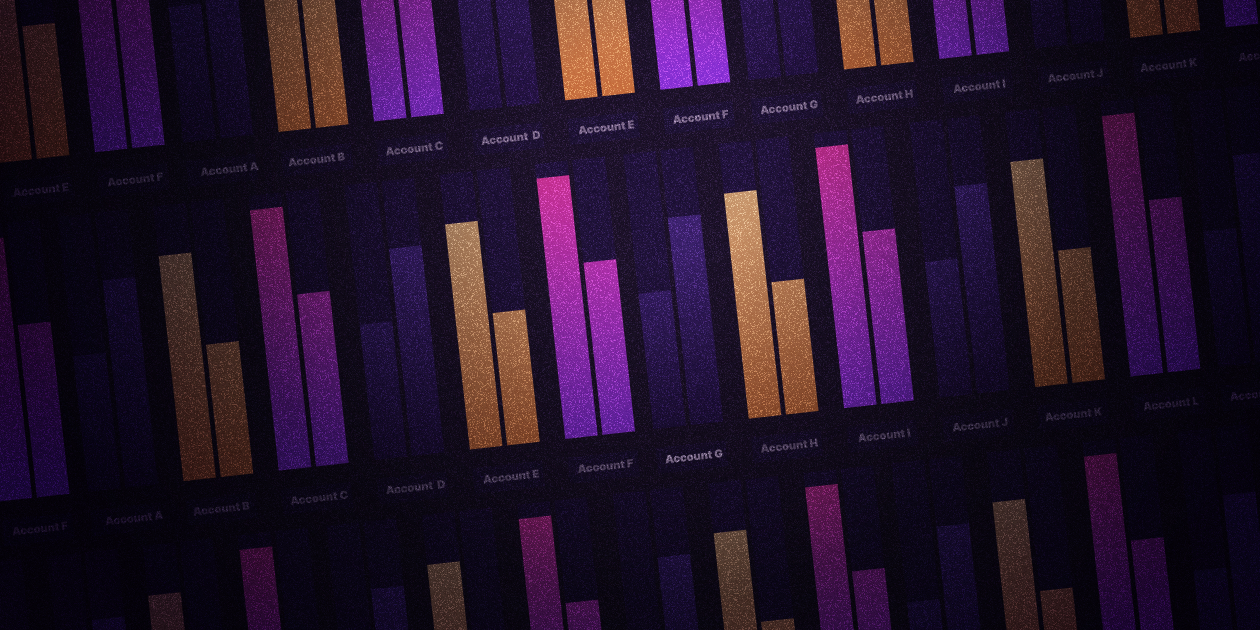
The Rise of Cash Flow Underwriting
For as long as most of us can remember, our financial worthiness was always just some number on a “credit report.” (quotations explicit). We knew almost nothing about it - just that some handful of companies published them, and they were the type of companies you’d find in a dictionary under the definition of "opaque."
If you’re like us, it should be shocking that the entire credit system in the US is based on a single, fuzzy number built almost 70 years ago.
It is what it is, and plenty's been written about how broken the system was or is. We don't need to revisit.
But recently, things have started to change, and it's worth noting that our credit system is evolving pretty interestingly.
The good news is your financial worthiness today isn’t just some static number anymore. It’s now more than ever a reflection of your actual, real-time financial behavior collected across the countless transactions you make every day. You know, like paying for a coffee in the morning, or making a rent payment, or paying off your credit card bill.
We’re transacting, online, more and more every day, and the sum of these transactions paints an incredibly accurate picture of who we are financially. Lenders just had to look.
Now they are.
Lenders are increasingly turning to direct access to our financial accounts, through data aggregators like Plaid, to analyze our transaction histories and make their underwriting determinations. Cash-flow-based (CFB) underwriting is reshaping traditional lending models, and it's worth paying attention to the more dynamic and inclusive way it’s enabling lenders to evaluate creditworthiness.
The Growth of Cash-Flow-Based Underwriting
Cash flow underwriting has been gaining momentum for several reasons - but why now?
First, and not to overstate the obvious, data aggregators have made collecting cash-flow data a virtual breeze compared to the legacy methods of just a few years back. It wasn’t long ago that you still had to do the micro-deposits thing just to authenticate your bank account, and screen scraping isn’t that old either. But Plaid’s been around since 2013, and Yodlee a lot longer than that. What’s finally tipped the scales is adoption. The “Everything Will Become a Fintech App” thing + consumers gradually becoming more comfortable sharing their credentials online.
But it’s more than that.
The nuts-and-bolts of it is that CFB provides a more comprehensive view of a borrower's financial health than traditional credit scores - which are limited in scope, and don’t capture the full picture. By directly analyzing bank transaction data, in real-time, lenders learn a lot more about their potential customers and can make more informed decisions.
Statistically, the shift is significant. According to a report by FinExtra, which quotes McKinsey, over 60% of lenders are now incorporating alternative data into their credit decisions.
Experian found that 65% of lenders are using information beyond the traditional credit report to make lending decisions.
It’s no secret why.
According to McKinsey, banks and fintech companies employing CFB models have seen increases in revenue (5-15%), reductions in credit-loss rates (20-40%), and efficiency gains (20-40%).
Cash flow-based lending also appeals to a broader range of borrowers, including those underserved by traditional credit systems. The so-called “underbanked,” or the gig economy workers, small business owners, and freelancers who have irregular income streams and don't fit neatly into the conventional credit scoring model. CFB allows these people to demonstrate their creditworthiness by showing consistent cash flows, or successfully managing their finances, rather than solely on credit history or scores.
Additionally, CFB is gaining traction due to its ability to provide faster, more flexible credit assessments. By leveraging real-time data, lenders process applications faster and can expedite the loan approval process. This newfound agility can help lenders serving increasingly flighty borrowers who can otherwise find new solutions with nearly no switching costs.
In essence, CFB is revolutionizing the lending landscape by offering more inclusive, efficient, and customer-centric solutions.
Pros and Cons
Cash-flow-based underwriting brings several advantages to the table. For consumers, it opens doors that were previously closed: providing credit access to individuals who have limited or no credit history.
For lenders, it enables them to evaluate a borrower’s financial status in real-time, and to respond rapidly to any changes in the borrower's financial circumstances. This is a capability that was simply not possible with traditional lending models.
However, there are challenges. Data privacy and security are major concerns. As more of our sensitive information gets accessed, processed, and analyzed online, the potential for a disaster grows larger every day. Plus, the algorithms lenders rely on to make their underwriting decisions already suffer unintended consequences related to transparency and fairness, and that will only compound with access to more data.
But cash flow underwriting has already transformed the lending landscape - with greater financial inclusion on the borrower side; and a more dynamic approach to credit assessment on the lender side - and we expect the trend to continue.
What new use-cases do you see being unlocked with better access to data?




